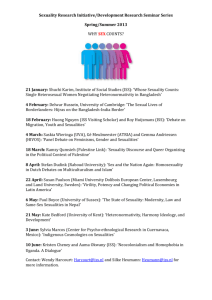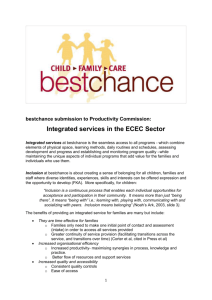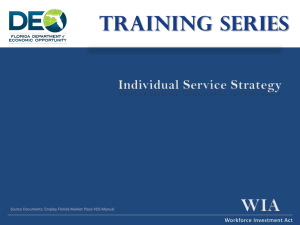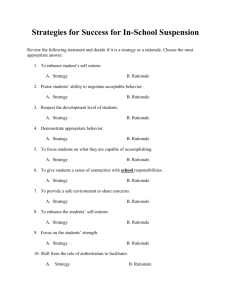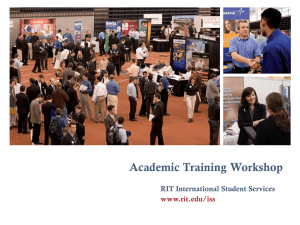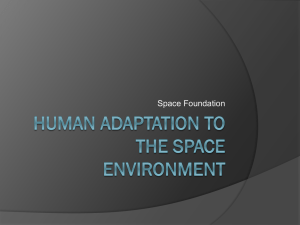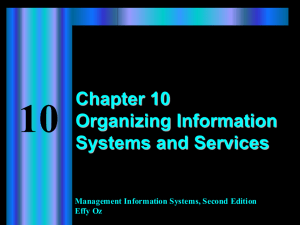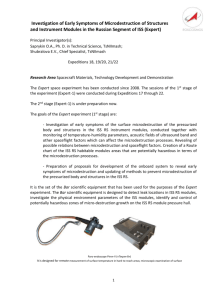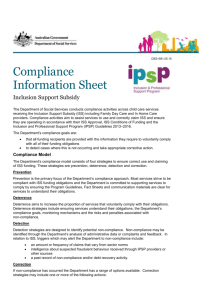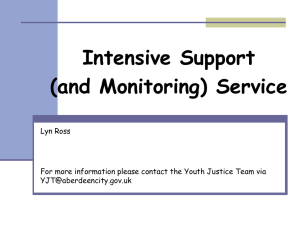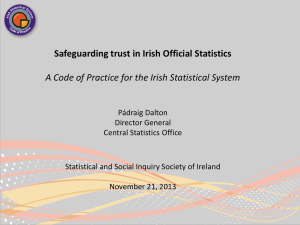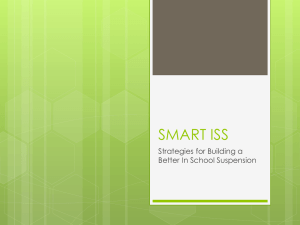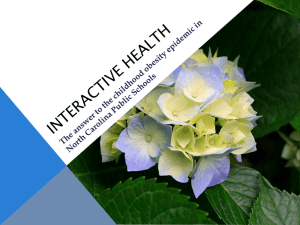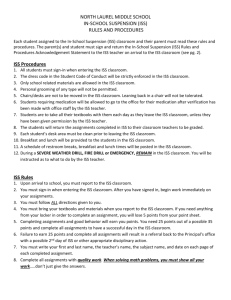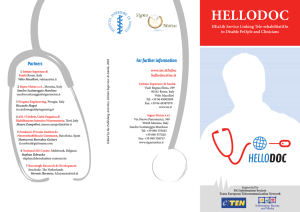Individual Solutions Strategies
advertisement
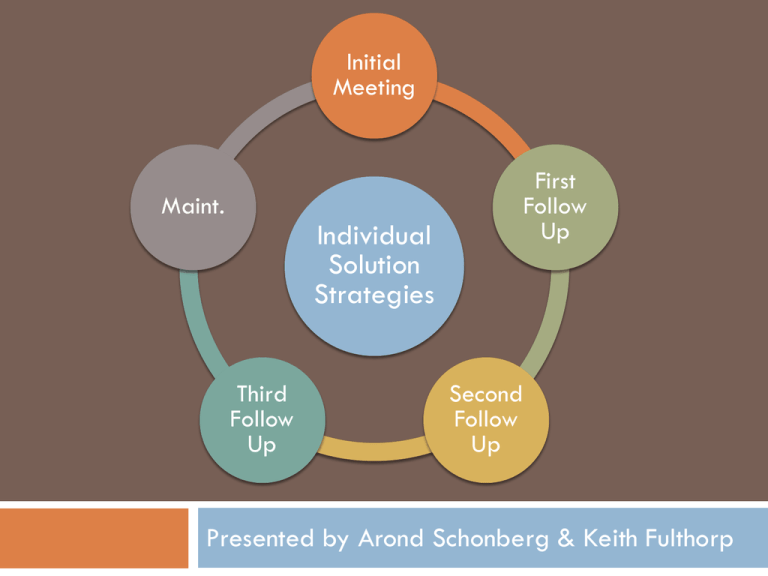
Initial Meeting First Follow Up Maint. Individual Solution Strategies Third Follow Up Second Follow Up Presented by Arond Schonberg & Keith Fulthorp If you had to develop an intervention… The quarter grade report just came out and you see that your case load has over 100 students with two or more failing grades…. Simultaneously, the principal prints out the quarterly attendance report of students with 5 or more period cuts/absences: your caseload has 200 students on the list…. What would an intervention look like Brief Effective How would it work Individual Group How would students respond Enthusiasm Motivation Today’s Purpose 1. 2. 3. 4. To provide you with an understanding of how to use solution focused counseling with a large number of students in the shortest time possible To learn how to create meaningful connections for students that link them to their past successes To demonstrate how to use a weekly, systematic approach to effect a change in students grades, attendance and outlook towards school. To leave you with a tool you can take back to work and implement immediately What “Problem Counseling” Sounds like to students: When students are struggling academically, they often ignore or tune out “problem-focused” teachers, parents and counselors. Instead this is what PC’s sound like to the struggling student: (Video Clips: Deleted from this version so that the file will be easier to email) Theoretical Assumptions When we concentrate on successes, beneficial changes will happen Every problem has identifiable solutions and exceptions Small change can lead to large change over time All people have what it takes to solve their problems If it’s working, keep doing it. If it’s not working do something different Small change leads to large change over time Additional Guiding Concepts Avoid problem analysis Be efficient Be behaviorally specific Focus on the present and future Focus on action rather than insight Theoretical Techniques Exceptions Positive Goals Scaling Flagging the Minefield The Miracle Question Cheerleading Empowering What Else and Instead Questions Rediscovering Unrecognized Solutions Keeping the change going Basic Flow of Solution Focused Counseling Identify the problem that brought the student to you Externalize the problem for the student by giving it a name Ask the miracle question or nightmare question Extract the goals of what the student wants to be different Basic Flow of Solution Focused Counseling Have the student scale the problem 0 – 10, 10 the problem is most intense and 0 the problem is gone, where are they today? Help the students find exceptions currently and or in the past Have the students anticipate possible obstacles to their success by flagging the minefield Have the student write up a plan that is as specific as possible Initial Meeting First Follow Up Maint. Individual Solution Strategies Third Follow Up Second Follow Up ID Problem • Students initial description Scaling Miracle Question • 0= problem free • 10= problem has total control • What if there was no problem? • Begin solution development What’s different or better? • How did you keep it from getting worse? • How did you do that? Exceptions Who Noticed • ID Successful strategies from initial meeting • What worked, even a little? • ID Important relationships • What would that do for you? • What did they notice you doing differently? What are you doing differently to make things better? • What are you doing instead? • What does that look like? Who Noticed? Create Initial Action Plan • ID Important relationships • ID what those people noticed, exactly • How can what someone noticed become a plan? • What might get in the way of that plan? • Have you overcome this in the past? What’s different or better? • How did you keep it from getting worse? • How did you do that? Revise and refine Plan Who Noticed • How can you make your plan work even better? • How many days will you try this plan? • Have you told anyone about your plan? • How did they react? What have you done to do better? • List four things you’ve done to do better • How did you do that? Identify Potential Roadblocks Modify Plan to overcome roadblocks • What might keep you from doing better? • What gets in the way of continuing your plan? • What could you do to overcome roadblocks? • Who could help? ISS in Action Small group activity Partner up with someone near you Review the ISS packet Review the ISS meeting instructions Take turns role playing Run through the ISS once from an academic problem frame Run through the ISS once from an attendance problem frame Questions/Quick Review Individual Solution Strategies has been developed over the past two years, and has been utilized in high school and higher education settings Promising results indicate increases in academic achievement and attendance Implementing the ISS in your school site allows you to easily document significant positive results, in a short time Contact Information Keith Fulthorp CSU Long Beach Department of Recreation & Leisure Studies 1250 Bellflower Blvd. Long Beach, CA 90840 kfulthor@csulb.edu 562-985-8728 Arond Schonberg Redondo Union High School 631 Vincent Park Redondo Beach, CA 90277 aschonberg@rbusd.org 310-798-8665


